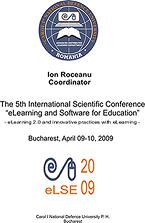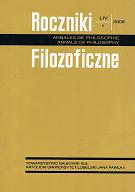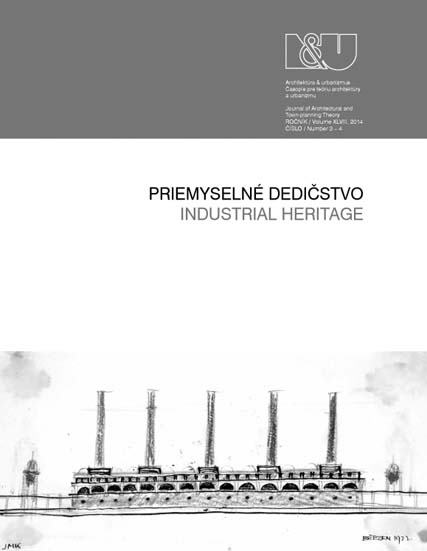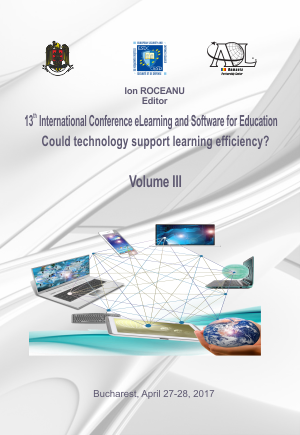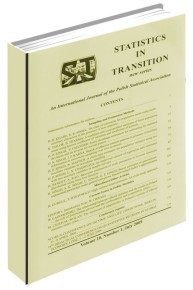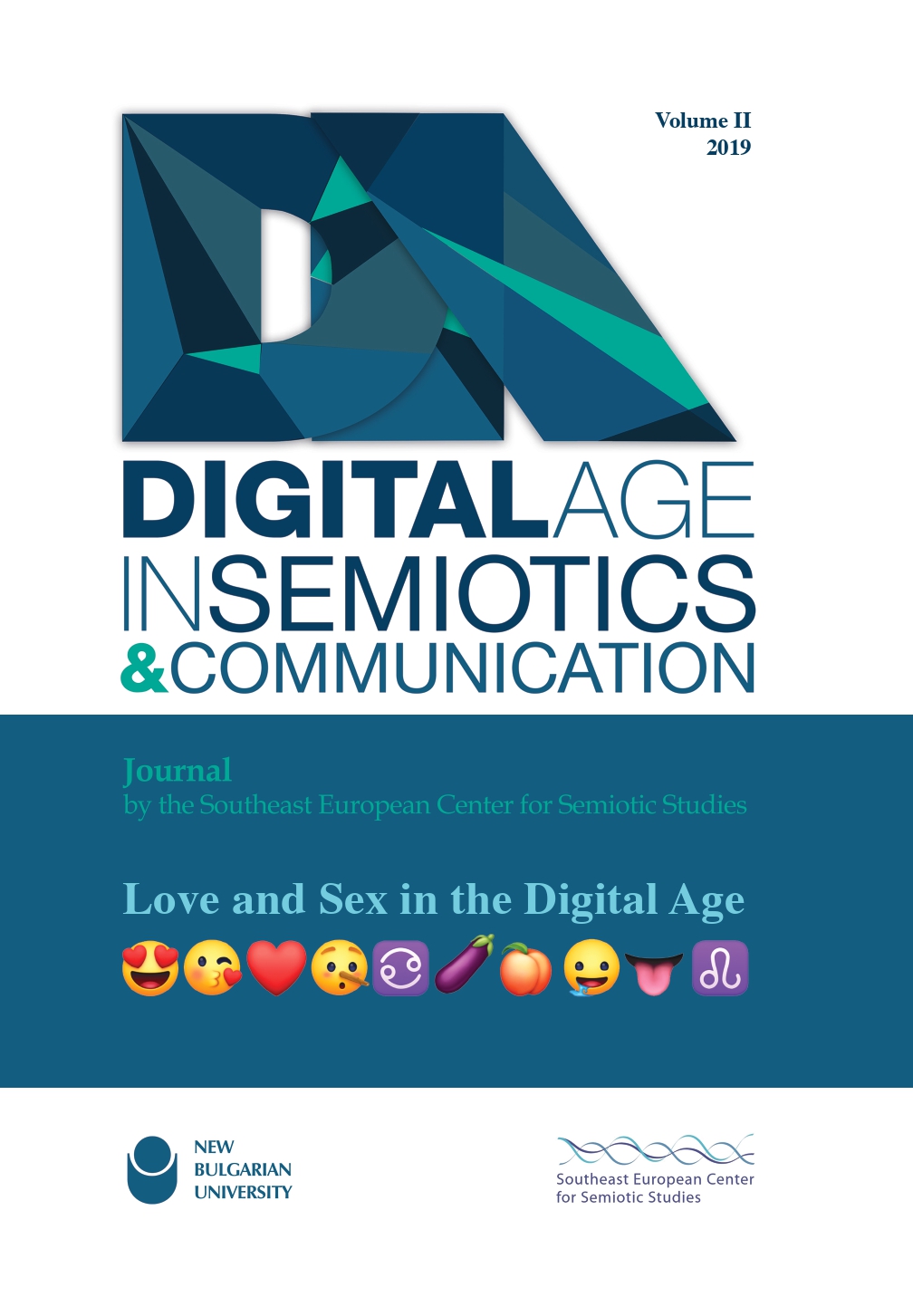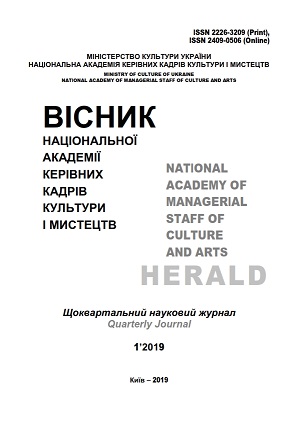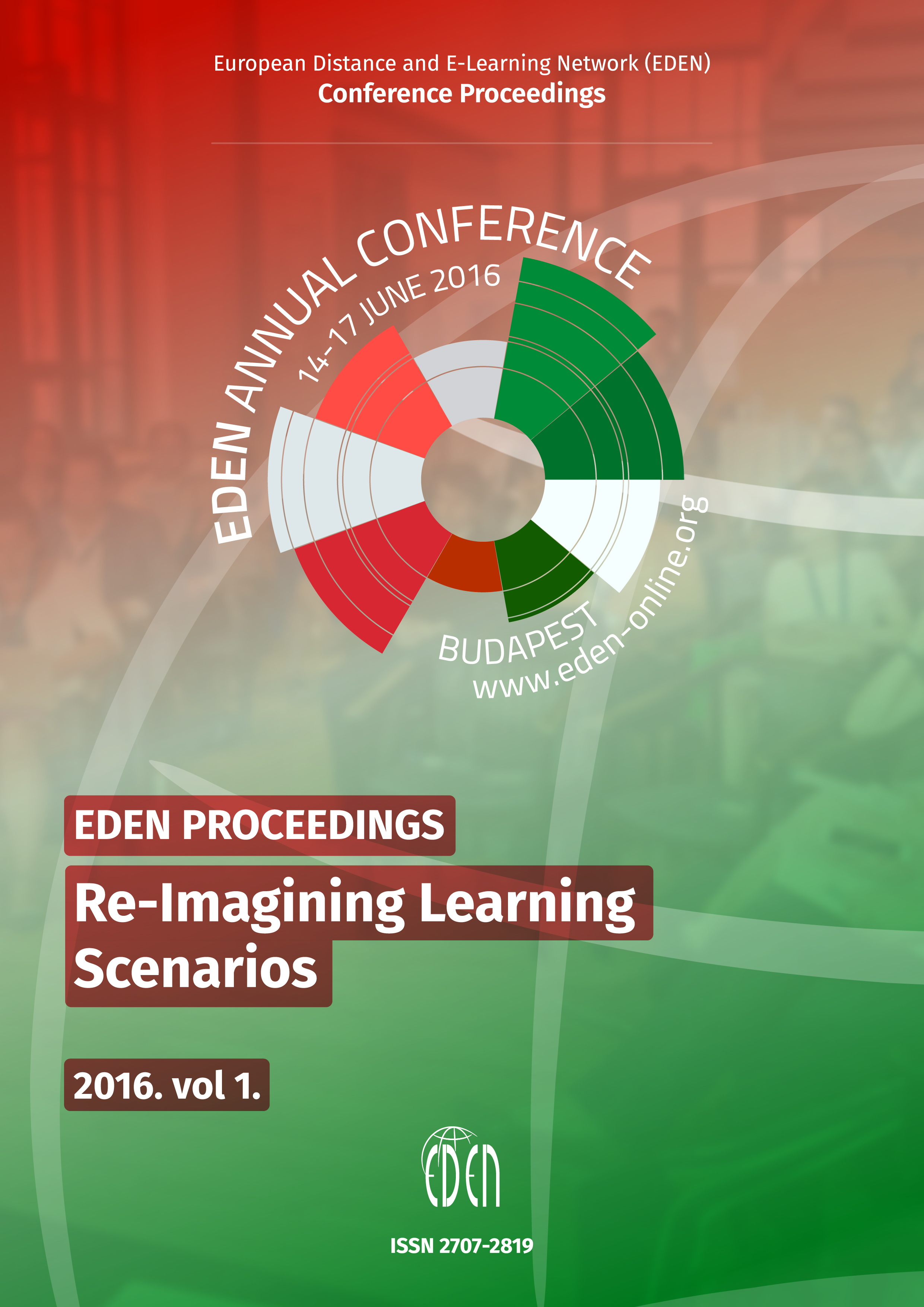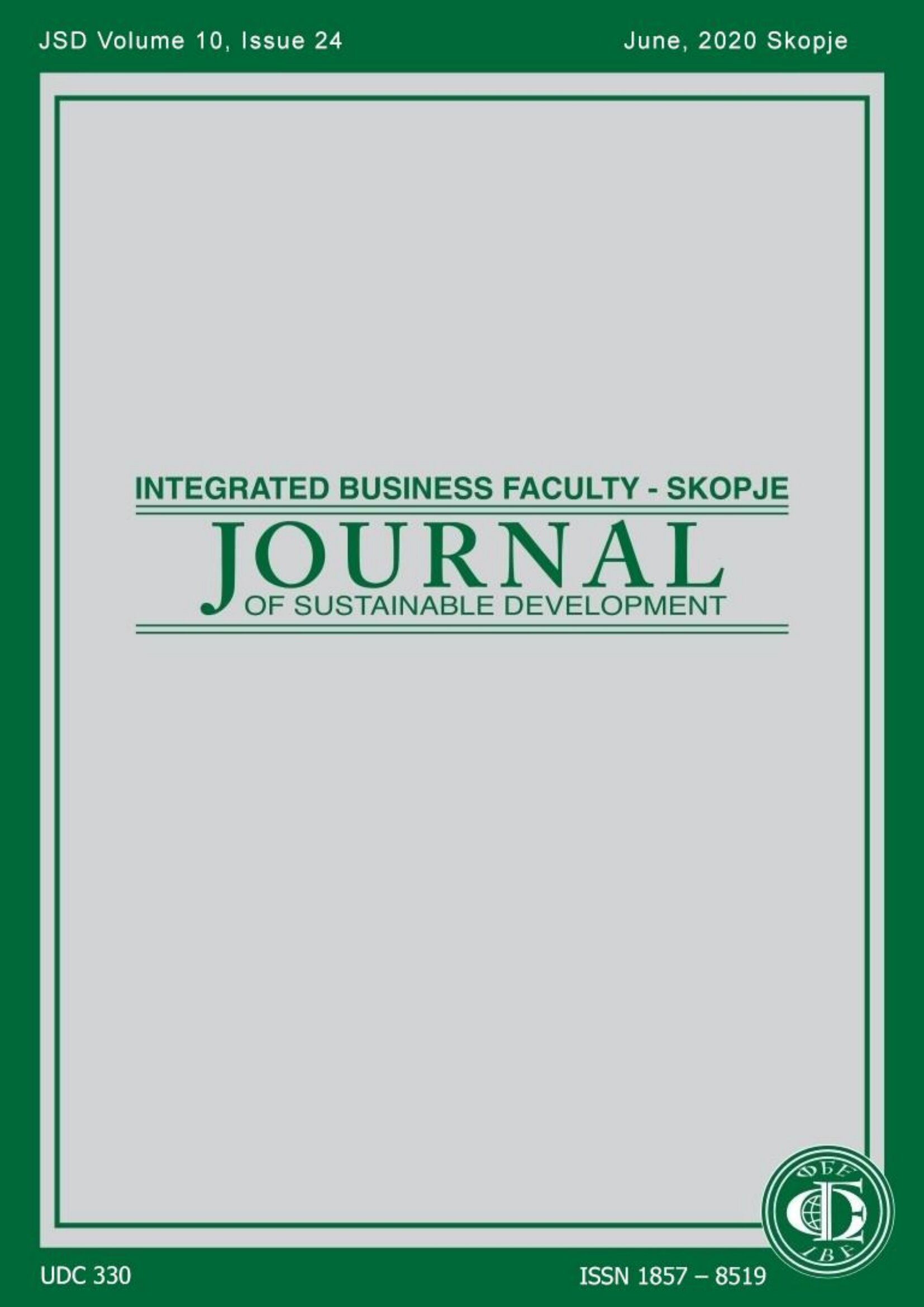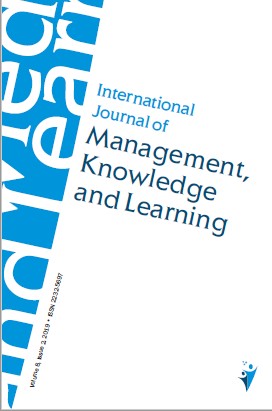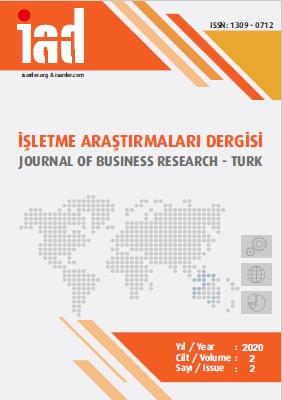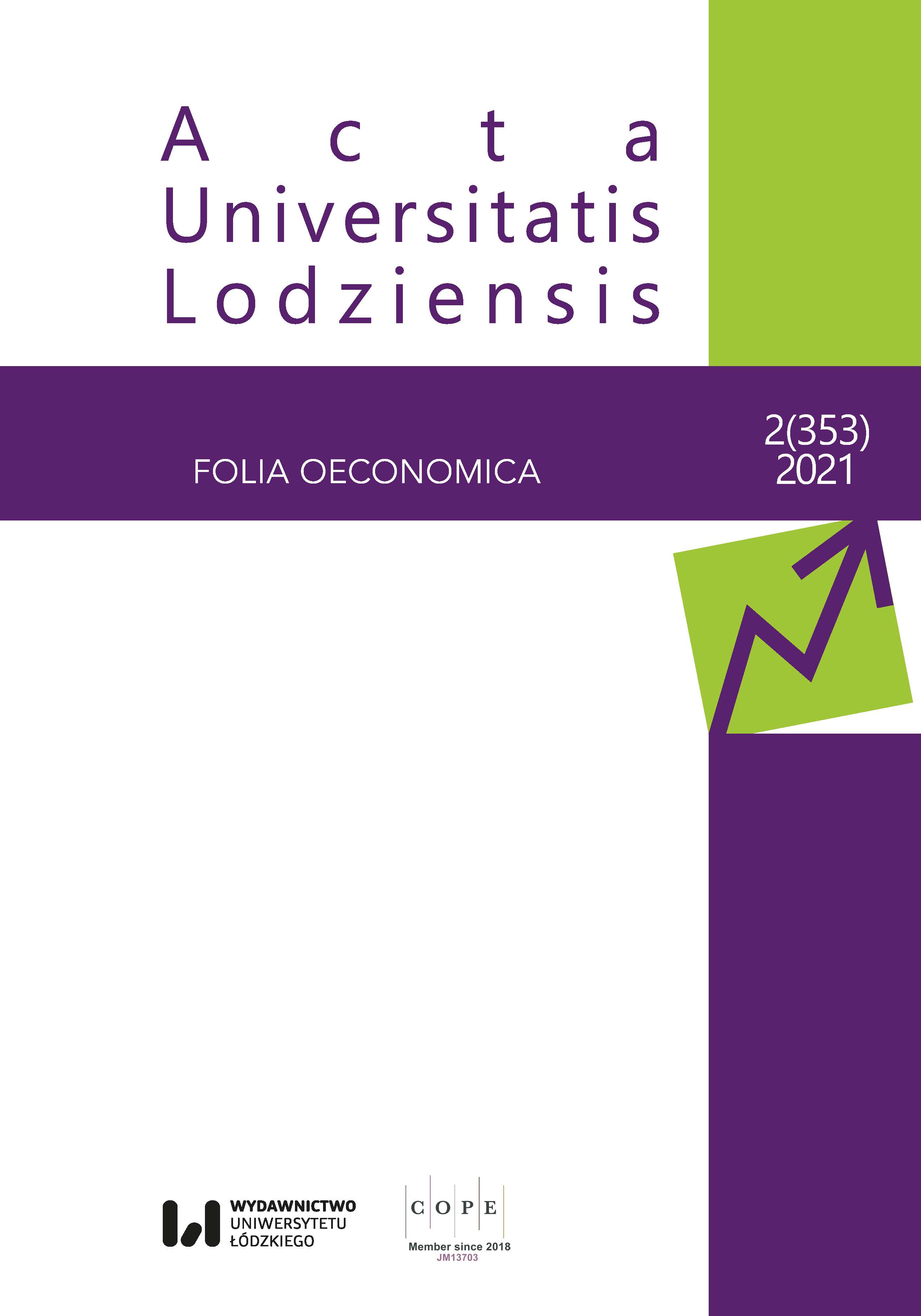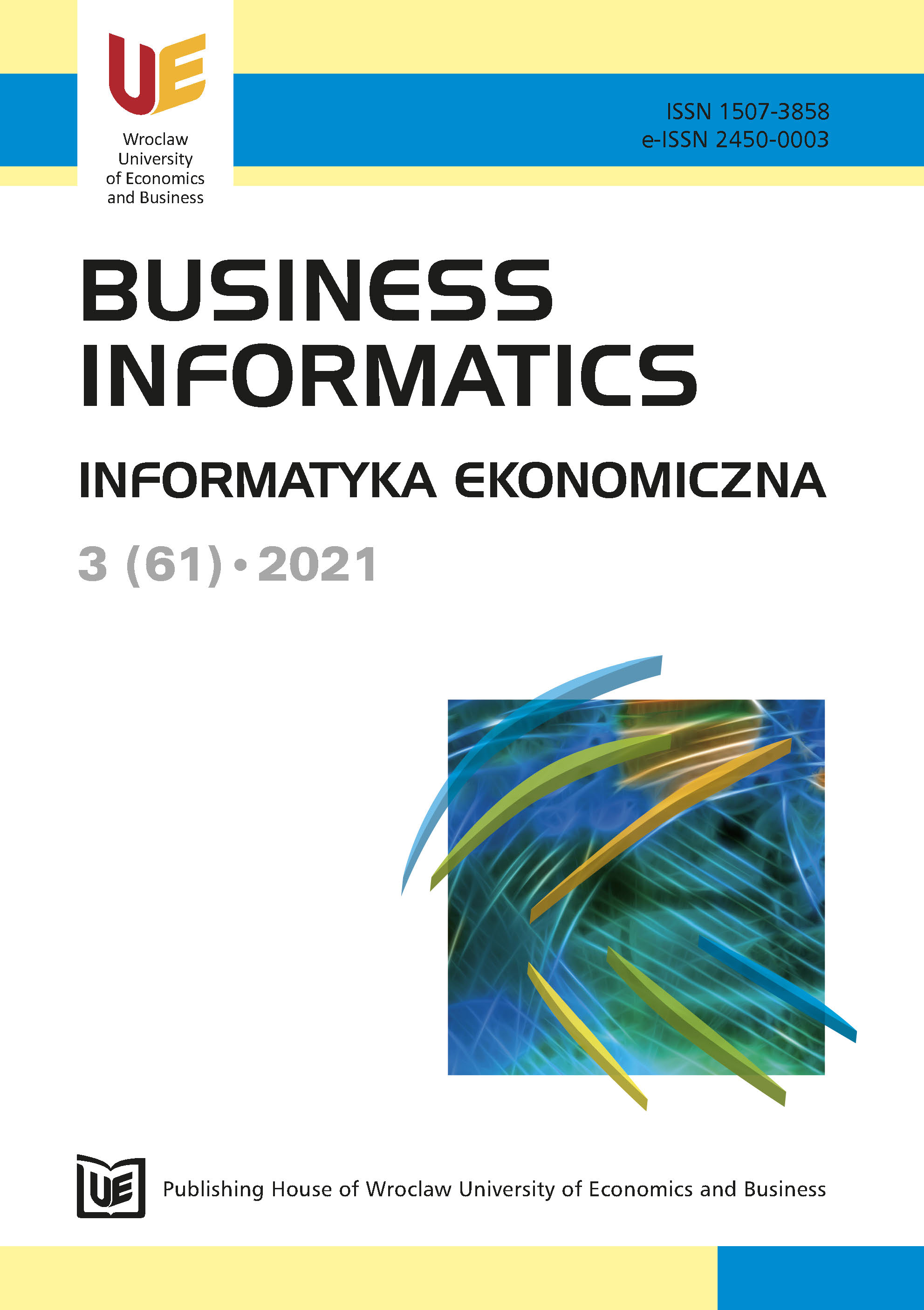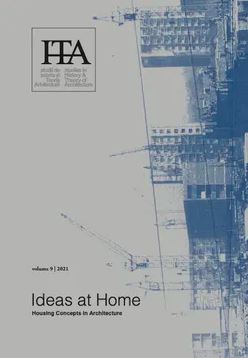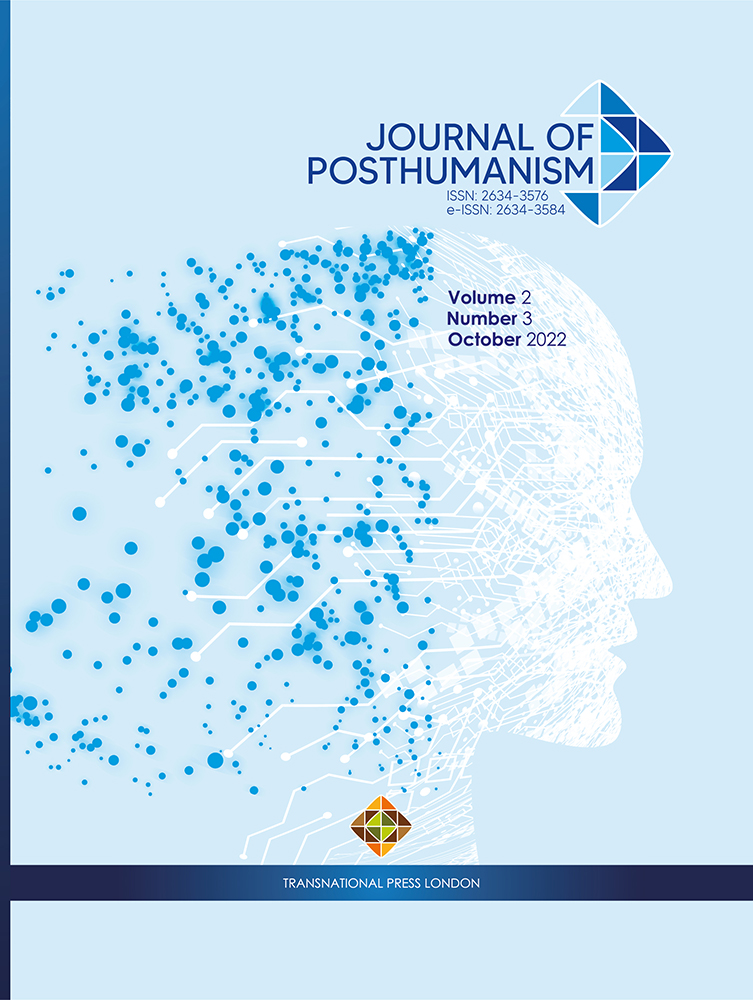Industrial architectural heritage – re-evaluating research parameters for more authentic preservation approaches
Author(s): Sonja Ifko / Language(s): English
/ Issue: 3-4/2014
Keywords: industrial architecture; heritage; preservation; integrity and authenticity; re-use
1. INDUSTRIALISATION – IMPACTS ON THE DEVELOPMENT OF ARCHITECTURE AND SPACEIn terms of social development, industrialization represents the greatest change of all, not only because of the altered methods of production, but also because of its effects on all aspects of life. Industrialisation or the Industrial Revolution, as it is often called due to the intensive changes that occurred over a short period of time, primarily means the transformation of production processes. Handcrafts were replaced by large-scale production, resulting in the fall of prices for manufactured goods and the growth of wider consumption, which touched on almost every aspect of life. The changes were first evident in the organisation of manufacturing and the design of production facilities and sites; in the next stages, industrialization dominated the tempo of social development and hence spatial development as well as architectural development. The latter change was reflected in the emergence of many new building types and a fundamental shift in basic design principles, as established by Modernism in Europe starting between the World Wars.This chapter will discuss only some of the most significant cases, illustrating events began most intensively in the British Isles and later came to Continental Europe, spreading from the West to the East. The Central European and more specifically the Slovenian territory, which is the main focus of my studies, saw the beginnings of the Industrial Revolution in the second half of the 19th century, after the Austro-Hungarian Monarchy built the Southern Railway, which linked Vienna and Trieste in 1857.The development of Slovenian industrialization and the resulting industrial architectural heritage until the end of the 20th century can be divided into five periods. The first one is characterized by early industrialisation and the operation of the world-renowned mercury mine, most intensively from the 16th century until its closing at the end of the 20th century; in 2012, the site was inscribed on UNESCO’s World Heritage List. The early industrialization took place from about the mid-18th century until the arrival of the railway; it represents a stage when ironwork centres and companies from different industries came into existence. A distinct reversal was the building of the aforementioned Southern Railway, when the intensive second stage started. One of the development peaks was experienced as early as in 1863 when the Suedbahn Railway Company built the complex of workshops for repair and supply of trains in Maribor, including a workers’ settlement, over an area exceeding 84.400 m2. Industrialisation was no less intensive in the Zasavje coal-mining region, where coal mines were opened alongside, and supplying, the railroad. The next period was characterised by electrification, lasting from the turn of the 19th and 20th centuries to World War I, when several power stations were introduced. The Fala hydroelectric plant (1914 – 1918) near Maribor had the highest capacity, built to supply energy to Graz and its hinterland. After World War I, state boundaries were re-drawn and the Slav Kingdom of Yugoslavia was formed. The Fala power plant became the main industrialisation asset of northeast Slovenia, attracting many investors, mostly of German and Czech origin, who started with the construction of many textile mills in Maribor. The fourth period, wartime, is characterised by the development of the textile industry, and the successful operation of ironworks and paper production. The economic development of the post-war socialist state was characterised in its first year by directed political programmes following the Soviet model. Although in the Central European context Slovenia was industrially relatively weak, in the new socialist state it became a strong industrial centre. In line with the political planned economy and the plans for intensive electrification of the new state, it developed industries for HPP equipment and metalworking industry, as well as continuing the tradition of the pre-war textile industry in the nationalised companies. Later, the territory of the present Slovenia saw an intensive development of production of electrical equipment, household appliances, cars, and pharmaceuticals, the latter remaining one of the leading industries.1.1. Buildings for industrialised productionIn reviewing the history of industrial architecture’s development, it is apparent that the design of the earliest industrial buildings followed the existing building types. For example, the factory in the city had the appearance of a palace, while in a rural setting it resembled a large farm building, or, in more ambitious cases, a countryside mansion or even a castle. This stage was surpassed relatively quickly: In the period of intensive industrialisation, the industrial architecture previously designed mostly by architects and builders passed into the domain of engineers – innovators and entrepreneurs who looked for new ways towards flexible and rational designs. Functionality became the guiding principle, decoration was gradually abandoned and within time, engineering design became the new foundation for designing industrial architecture.Through industrialisation, industrial architecture established itself as a building type. The factory is, for the most time, the building typology through which newly developed materials and construction principles were first implemented, i.e. cast-iron and prefabricated skeleton structures, reinforced concrete, new skeletal systems, and shell structures, which were first developed at the beginning of the 20th century...
More...
